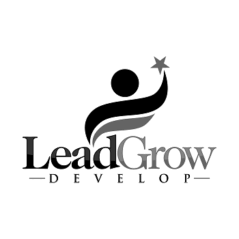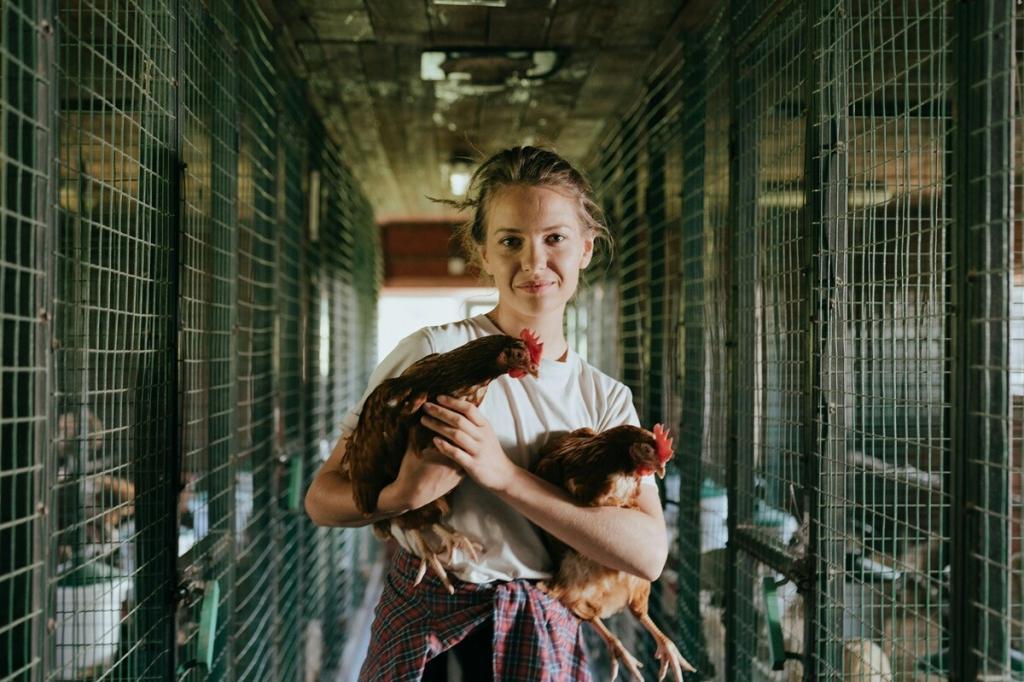Homesteading extends beyond self-sufficiency into genuine profit territory when approached with business acumen. Rural living develops marketable skills urban dwellers increasingly seek as modern life distances people from traditional crafts and food production. Converting a homestead from a cost center into a revenue generator requires identifying specific strengths and local market opportunities. Though substantial wealth rarely appears overnight, strategic monetization can help offset costs without compromising homesteading principles. This transformation from sustenance to business happens incrementally, creating sustainability both environmentally and financially.
Selling Farm-Fresh Products
Market demand for authentic food continues climbing as consumers grow suspicious of industrial agriculture. Successful homesteaders identify crops that thrive naturally on their specific property without excessive inputs. Different soil compositions favor various products—some land naturally supports exceptional berries, while other plots yield remarkable greens. These natural advantages create production efficiencies that directly enhance profitability. Specialization often outperforms diversification when it comes to building a loyal customer base, as consistently high-quality products foster trust more effectively than trying to offer too much.
Marketing determines whether excess production becomes valuable income or wasted effort. Direct sales through farmers’ markets build customer relationships but require significant time investment. Subscription models through Community Supported Agriculture arrangements provide predictable income through advance commitments. Specialty restaurants increasingly seek reliable sources for unique ingredients—unusual heirloom varieties often command premium prices from chefs seeking distinctive flavors. Digital marketplaces now connect small producers with distant buyers willing to pay shipping costs for exceptional products. Success hinges on effectively communicating what makes Homestead products superior to commercial alternatives. Compelling photography, authentic storytelling, and relationship building with repeat customers transform crops into cash flow.
Offering Homesteading Workshops & Tours
Hard-earned knowledge represents valuable currency in an increasingly disconnected society. Weekend enthusiasts and aspiring homesteaders readily pay for practical skills that digital research cannot adequately convey. Successful workshops focus on demonstrated strengths—perhaps cheesemaking, orchard management, or maintaining live bees using simplified equipment. Structured learning experiences must deliver tangible value through hands-on participation. Pricing should reflect comparable regional offerings while factoring in material costs and preparation time.
Farm tours generate supplemental revenue while building community goodwill. Modern parents actively seek authentic experiences for their children, making family-focused tours particularly lucrative. Seasonal offerings naturally align with agricultural cycles—pumpkin harvests in autumn or lambing season in spring. Profitable tours differ from unprofitable ones primarily through engagement level; static displays generate far less enthusiasm than participatory experiences. Allowing visitors appropriate involvement—collecting eggs, feeding animals, or harvesting vegetables—creates memorable interactions worth premium pricing. Clear boundaries protect private areas while showcasing photogenic aspects of homestead operations. Combining tours with direct product sales creates synergistic revenue opportunities, as emotional connections significantly increase purchase probability.
Creating Handcrafted Goods
Raw materials abundant on working homesteads transform into premium products through skilled processing. Wool becomes luxury yarn, herbs become signature tea blends, milk becomes artisanal soap—each conversion dramatically multiplies base material value. Profitable crafting focuses on items with substantial markup potential and manageable learning requirements. Initial production often disappoints until practice develops the expertise necessary for truly exceptional creations. Thorough research should precede equipment investment, as craft startup costs vary dramatically from minimal to substantial.
Presentation dramatically influences perceived value in handcrafted markets. Professional packaging, cohesive branding, and compelling origin narratives transform basic products into desirable luxury goods. Studying successful category leaders reveals effective pricing strategies and market positioning opportunities. Digital marketplaces connect rural producers with urban consumers seeking authentic handcrafted items, though competition intensifies annually. Effective marketing emphasizes qualities machines cannot replicate—natural variations between items, sustainable production methods, and authentic connections to place. Seasonal production schedules aligned with natural rhythms and peak selling periods maximize efficiency, allowing concentrated production followed by focused sales efforts during prime buying seasons.
Raising Specialty Livestock
Conventional livestock rarely generates significant profit for small producers, but specialty animals fill lucrative market niches. Heritage breed preservation attracts dedicated buyers willing to pay premium prices for genetic diversity and exceptional quality. Careful research should precede breed selection, focusing on adaptability to specific climate conditions and property constraints. Rarity alone rarely guarantees profitability—successful specialty livestock combines marketability with practical advantages like parasite resistance or exceptional mothering instincts.
Breeding stock typically commands higher prices than meat animals, though it requires greater expertise and reputation development. Foundation animals should represent the highest quality affordable, as superior genetics create offspring worth premium prices. Meticulous record-keeping, documenting bloodlines, health protocols, and performance metrics, builds buyer confidence supporting premium pricing. Transparent practices are particularly crucial when selling livestock remotely. Marketing efforts should emphasize buyer education and ongoing support, positioning the seller as a knowledgeable resource rather than merely a transaction partner. This approach cultivates repeat customers and referrals that reduce acquisition costs over time. Offering complementary consultation with livestock purchases creates value beyond the animals themselves, justifying higher pricing while reducing post-sale complications.
Conclusion
Successful monetized homesteads share one critical characteristic: they transform authentic skills into marketable offerings aligned with genuine market demand. Starting small allows reinvestment of initial proceeds into efficiency and quality improvements. Rigorous expense tracking ensures activities generate actual profit rather than subsidized hobbies masquerading as businesses.

